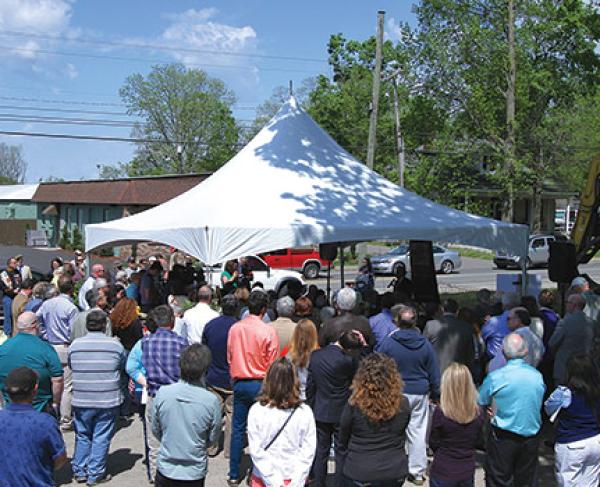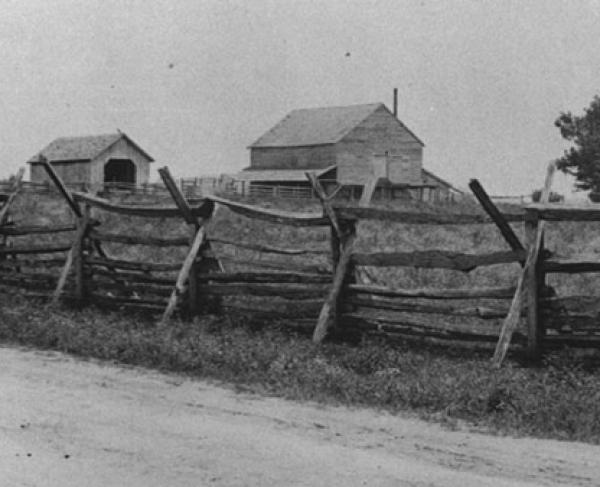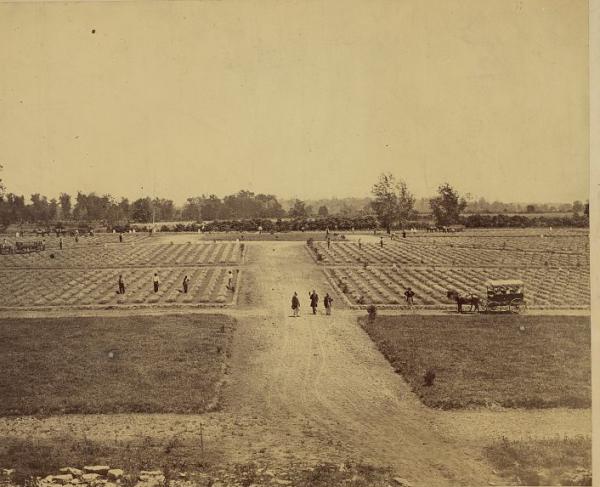An Interview With Thomas R. Flagel
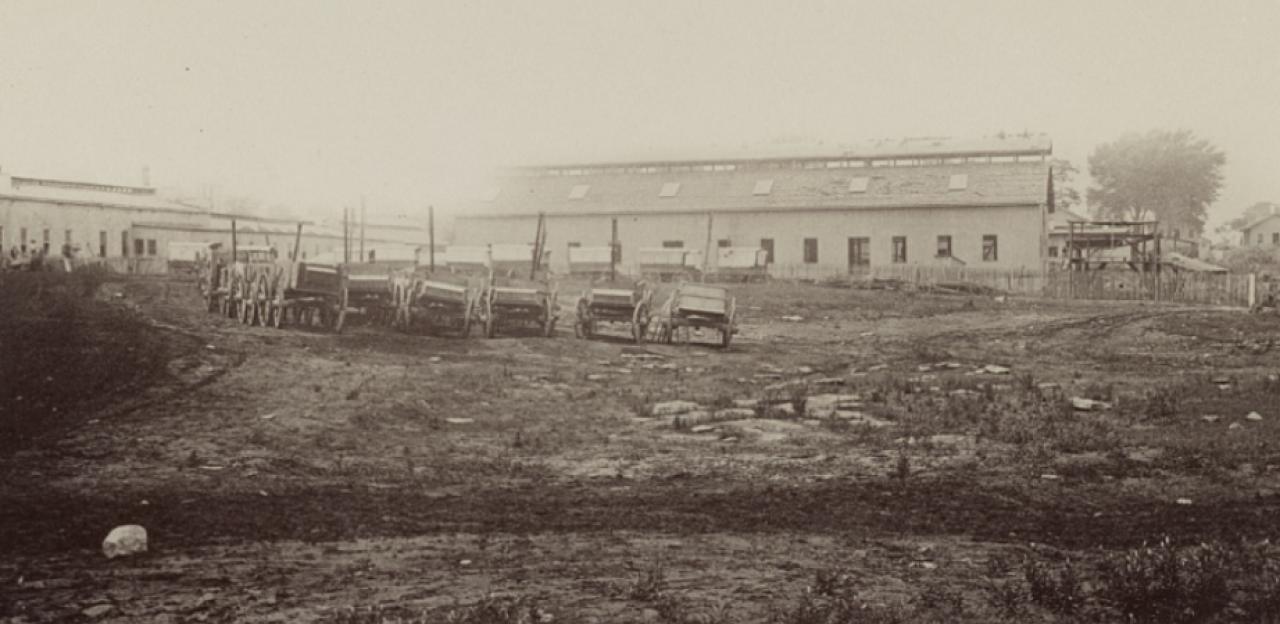
The Civil War Trust recently had the opportunity to talk with Thomas Flagel, Professor of History at Columbia State Community College and member of The Battle of Franklin Trust's Board of Directors.
Civil War Trust: You produce short history movies called “Stories of Middle Tennessee.” What do these stories, which explore topics such as the Civil War roots of Elvis’ “Love Me Tender” and the role of horses in battle, tell us about the Civil War?
Thomas R. Flagel: Hopefully, these stories remind us how connected we are to our past, and in many ways, our world is not all that much different than theirs.
Our “Love Me Tender” was their “Aura Lee,” and both songs were about missing a loved one. Their horses were our motor vehicles, and our respective worlds depended on them. Many Americans assume that “history” is about something that is unrelated and long gone. I am of the camp that believes the past and present are inseparable – we simply reshape what we inherit from yesterday.
How do you decide which topics to cover?
TRF: The topics tend to find us. That is why I find the research so fascinating. And that is one of the great aspects about studying the Civil War. Our soil is rich with its stories. Such is certainly the case here in Franklin. For example, I knew that quinine played a major role in treating and prevent malaria during the Civil War. But further research taught me that John Sappington, who helped develop the quinine pill, had practiced medicine in Franklin. I knew that the Franklin’s Masonic Lodge was used as a hospital after the Battle of Franklin, but until recently, I did not know that it was one of the first three-story buildings ever constructed in Tennessee. It is not an exaggeration to say that I am learning something every day, an experience I get whenever I study any community in detail.
Though you have studied European history and international relations, much your work now tends to focus on the specific history of middle Tennessee. Why?
TRF: My fellow Europeanists and I used to joke that “American History” was a contradiction in terms, that the country was too young to have a history. One of my colleagues was rather irked by our aloofness, so she took me on a two-week whirlwind tour of Civil War sites in Tennessee, Georgia, Mississippi, and Virginia. When we got back home to the Midwest, she said, “There, now tell me again how this country doesn’t have history.” I was so moved by the experience that I began to study the Civil War in earnest. Fifteen years later, American History is my profession, Tennessee is my home, and that colleague is now my wife.
How was Franklin, Tennessee a microcosm of the nation during the Civil War?
TRF: Williamson County, of which Franklin is the county seat, was literally half slave and half free. Nearly 52 percent of its population was enslaved when the war began. It was a rural place, much like the vast majority of the country. Despite popular assumptions that the North was relatively urbanized, around 70 percent of Union troops and 80 percent of Confederate soldiers came from communities that had 2,000 or fewer residents.
I find it fascinating that the Census Department in 1860 classified any town with 2,000 or more resident as a “city.” In 1860, Franklin itself contained about 1,500 people. While this region did have the quintessential cash crops of cotton and tobacco, it was just as wealthy in hogs, horses, mules, corn, wheat and hardwoods. Franklin’s town shops sold insurance from Connecticut, silks and candies from New York, linens from Massachusetts, and news from around the world. Lastly, when this community went to war, many residents assumed the affair would be brief. Four years later, it had to make entirely new cemeteries. Nearly every family was affected. The land saw skirmishes, raids, ravenous foragers, military occupation, and massive battles. When the war was over, its enslaved were free, but sadly neither Franklin nor the country altogether were fully committed to human equality under the law.
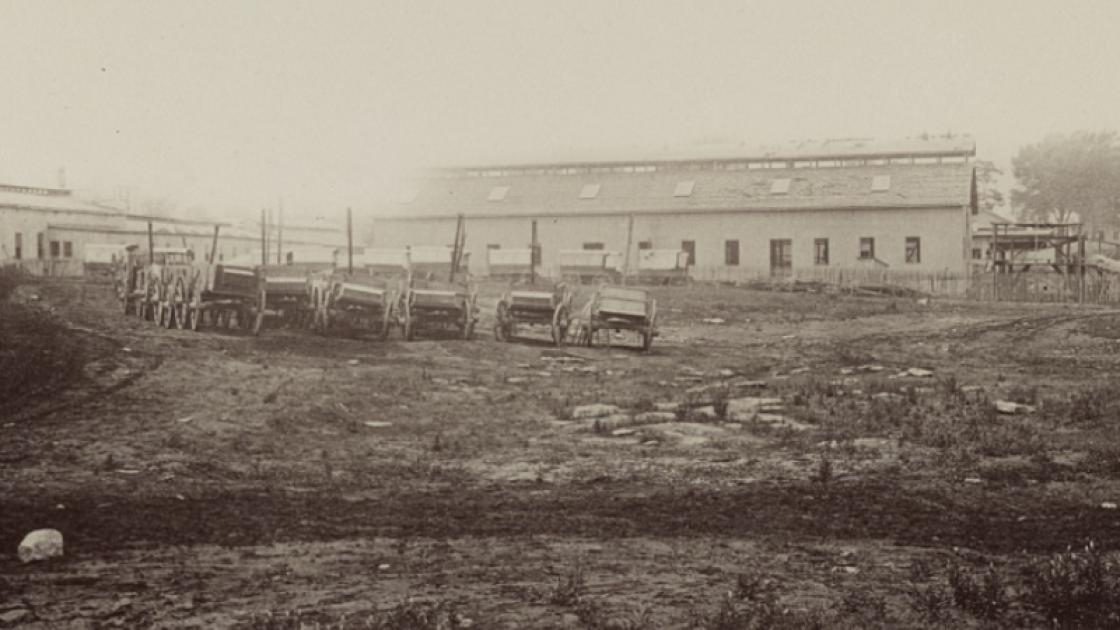
You have written critically about the American desire for “mythic proportion” in history. How do you see documenting smaller and more personal events and lives as combating this desire?
TRF: Whenever we depict soldiers as larger-than-life, or we portray the famous as pristine as the marble and bronze monuments we make of them, I sincerely believe we rob them of their humanness. As a consequence, I think we also lose the ability to truly relate to them, and to appreciate how difficult it must have been for them to endure the crises they witnessed. Essentially, I see history not as an epoch of gods and generals but as the story of human relationships. Those relationships can be overlooked and forgotten when we focus on the grandiose and mythical. And when we forget the personal stories, we are forgetting who we are.
How does your book, The History Buff’s Guide to the Civil War, which covers the “worst, the largest and most lethal aspects of the conflict” in “top ten” lists, balance small histories with epic ones to help readers understand the significance of the war?
TRF: In ranking each topic, I could have simply used raw statistics. But when looking at the math alone, it is easy to become numb to the reality that the numbers represent. For example, when looking at the largest cemeteries from the Civil War, we find that Blandford Church Cemetery in Petersburg, Virginia and Hollywood Cemetery in Richmond rank very high in total burials, but those facts alone don’t really teach us much.
I found it far more impactful to write that when Robert E. Lee and the Army of Northern Virginia began their retreat from Petersburg on April 2, 1865, they had more men buried along the Petersburg/Richmond corridor than were marching away from it. If we are to truly study history, I have been taught, we must examine it through the lens of human experience.
As an active member of preservation group boards like the Franklin Battlefield Preservation Commission, what role do you believe local communities play in battlefield preservation efforts?
TRF: They are the boots on the ground and the passion fueling the progress. If we look at any preservation project, nearly every story begins with a handful of committed locals who refused to see our collective memory erased. One of the reasons I have come to thoroughly enjoy working in Public History and with the Civil War Trust is that they have taught me these invaluable lessons – a true historian is one who listens, a great historian is one who listens to local communities, and the best kind of historian is one who helps know these communities save their historic landscapes and stories for generations to come.
Please donate today to help secure the final tract of battlefield land at Franklin, Tennessee. Any amount you can donate to this effort will be...
Related Battles
2,326
6,252
